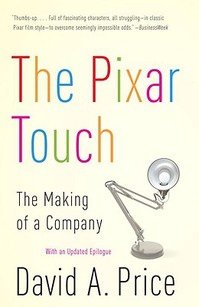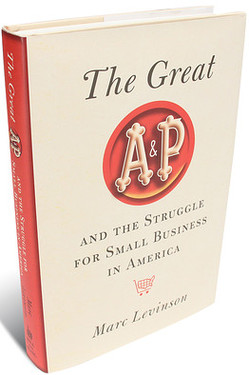Source of book image: http://luxuryreading.com/wp-content/uploads/2011/10/grand-pursuit.jpg
(p. C31) Ms. Nasar gives us Belle Époque Vienna — infatuated with modernity and challenging London in the race to electrify with new telephone service, state-of-the-art factories and power-driven trams — and then a devastating picture of Vienna at the end of World War I: war veterans loitering outside restaurants waiting for scraps, and desperate members of a middle class that saw inflation wipe out all its savings trading a piano for a sack of flour, a gold watch chain for a few sacks of potatoes.
. . .
Among the more compelling portraits in this volume is that of Joseph Alois Schumpeter, the brilliant European economist who argued that the distinctive feature of capitalism was “incessant innovation” — a “perennial gale of creative destruction” — and who identified the entrepreneur as the visionary who could “revolutionize the pattern of production by exploiting an invention” or “an untried technological possibility.”
For the full review, see:
MICHIKO KAKUTANI. “BOOKS OF THE TIMES; The Economist’s Progress: Better Living Through Fiscal Chemistry.” The New York Times (Fri., December 2, 2011): C31.
(Note: ellipsis added.)
(Note: the online version of the article is dated December 1, 2011.)




